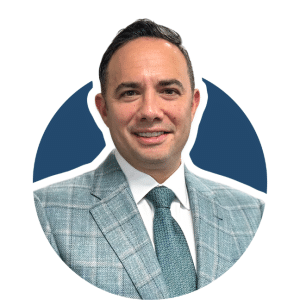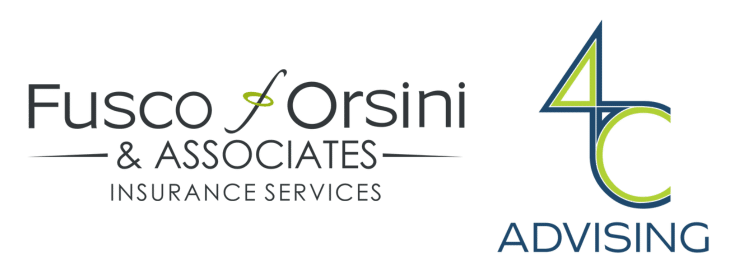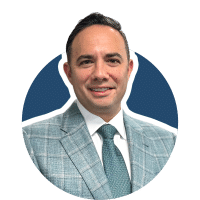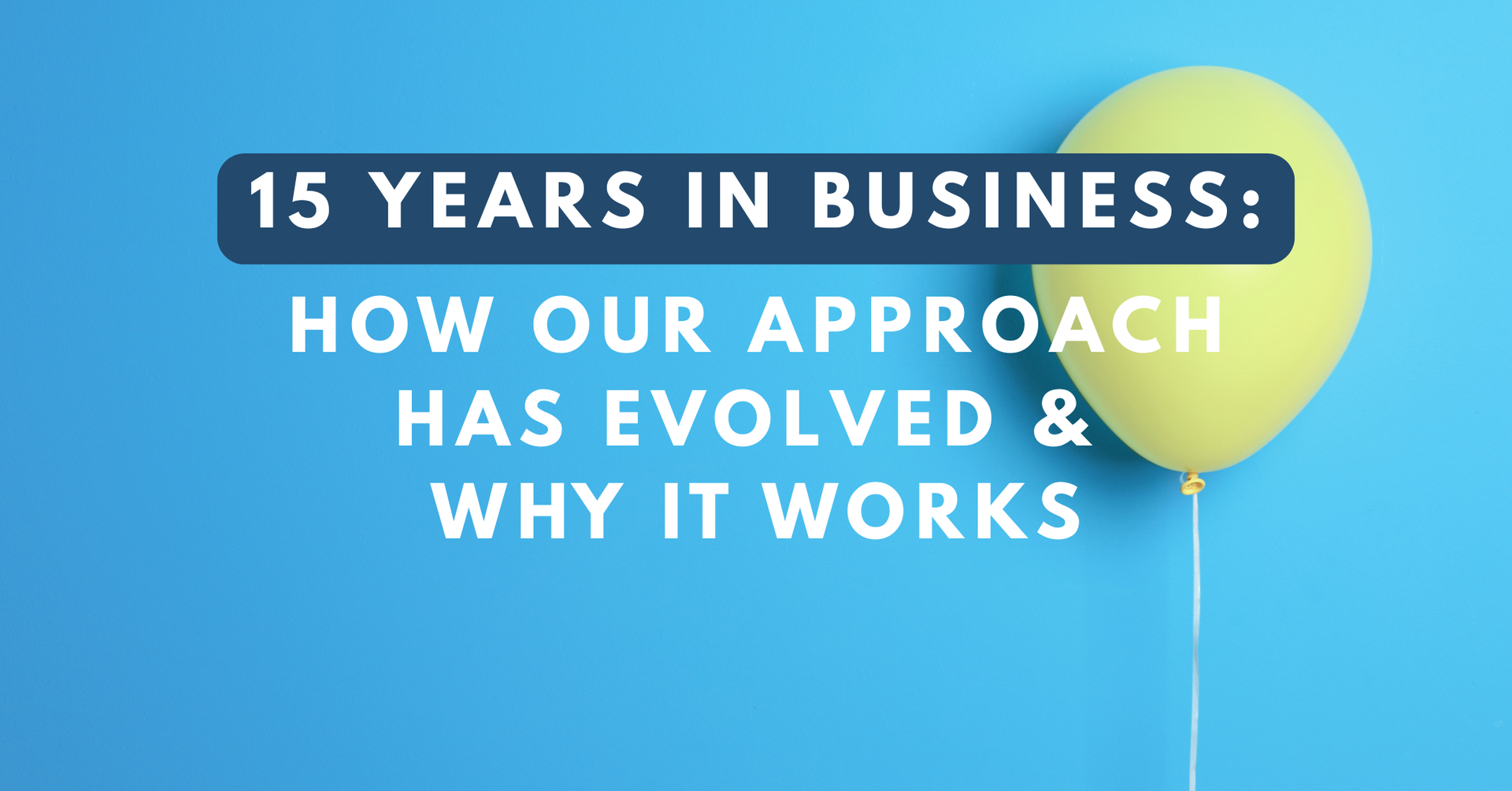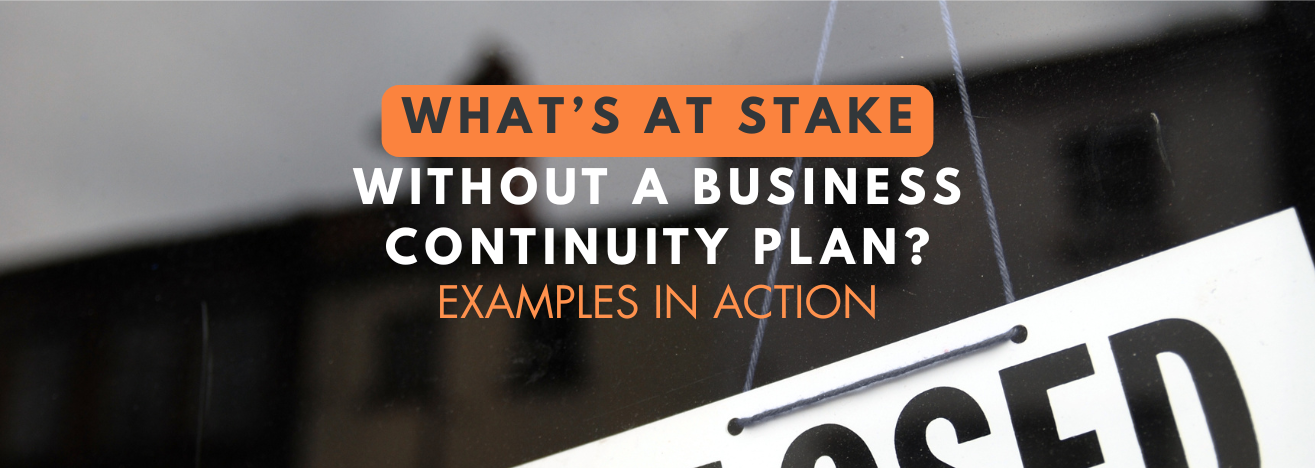When Trade Wars Hit Home: The Real Cost to Insurers and Insureds
See How We're Different
or call us: (858) 384‑1506
Tariffs are often discussed in the context of politics and global trade, but their impact reaches far beyond headlines and policy debates. One of the most significant and overlooked consequences is their effect on insurance rates and the long-term health of the insurance industry.
We witnessed a similar scenario in the aftermath of COVID-19. Supply chain disruptions, labor shortages, and inflationary pressures caused claims volatility and widespread premium increases. Today, a new challenge is emerging. As tariffs are imposed on imported auto parts, construction materials, and consumer goods, insurers face mounting repair and replacement costs. This expense surge places upward pressure on premiums and introduces uncertainty that threatens the affordability and accessibility of coverage for individuals and businesses alike.
For policyholders, this is more than a short-term rate adjustment. It shows how quickly economic policy can affect insurance costs and availability. Understanding the broader context can help you make informed decisions, protect your assets, and stay ahead of rising risks in an unpredictable market.
The Tariff Effect: Breaking Down the Impact by Insurance Type
Auto Insurance: Rising Repair Costs Drive Premium Hikes
Auto insurance is one of the first lines of business to feel the pressure of tariffs. Many vehicles in the U.S. market are either imported or assembled with many foreign-made components. When tariffs increase the price of these parts, insurers see a direct rise in the cost of repairs and replacements. This leads to higher claims severity, which insurers offset through premium increases. For policyholders, primarily commercial auto fleets, this can mean substantial annual cost increases that strain operating budgets.
Commercial Insurance: Supply Chain Strain and Cost Volatility
Tariffs disrupt global supply chains and create cost volatility that particularly hits commercial clients. Construction, manufacturing, and logistics businesses face increased material costs, project delays, and operational risks due to higher prices on imported goods. These disruptions elevate the frequency and severity of insurance claims, from property and inland marine to general liability and business interruption. As insurers absorb more risk and unpredictability, underwriters tighten terms and pricing adjustments to reflect the elevated exposure. For business owners, this can result in premium hikes, reduced coverage limits, or difficulty finding carriers willing to write certain risk classes.
Homeowners Insurance: Construction Inflation Drives Rate Pressure
Tariffs on steel, aluminum, and lumber have made building and repairing homes more expensive. These costs increase the amount insurers pay on claims, particularly after storms, fires, or other large-loss events. This can lead to withdrawing insurance capacity or significant premium hikes in disaster-prone areas. The situation mirrors post-COVID trends where material scarcity and price hikes caused widespread market instability.
Health Insurance: Indirect Inflation Adds Up
Though not immediately impacted, health insurance also feels the downstream effects of tariffs. Many essential items in the healthcare supply chain—like imaging equipment, surgical tools, and prescription drugs—are imported. Tariffs on these items raise costs across the healthcare ecosystem. Insurers, in turn, adjust premiums to match these increased care costs. Over time, this contributes to the broader affordability challenge in the health insurance market.
What This Means for You: Staying Ahead in a Shifting Market
As a policyholder—whether you’re a business owner managing risk across multiple locations or a homeowner safeguarding your most significant investment—these changes may already affect your bottom line. And if they haven’t yet, they likely will in the months ahead.
Here’s what you can do to stay prepared:
1. Be Proactive About Your Policy Reviews
Now is the time to examine your coverage closely. Rising labor, materials, and equipment costs may make replacement values outdated. Underinsurance can become a real problem when claims are filed. Ensure your coverage reflects today’s rebuilding or replacement costs, not last year’s estimates.
2. Expect Rate Fluctuations and Plan Accordingly
Premiums will likely continue trending upward, especially in commercial property, auto, and specific homeowners policies. Build flexibility into your budget and talk with your broker about upcoming renewals. We can help you anticipate rate changes and explore ways to offset them without sacrificing protection.
3. Take Advantage of Risk Management Services
Mitigating risk is more important than ever. Whether improving your vehicle safety programs, reviewing contracts, or tightening site security, even small operational changes can reduce your exposure—and your premiums. Our team can work with you on customized strategies for your industry and risk profile.
4. Bundle and Consolidate When It Makes Sense
In many cases, bundling policies or consolidating coverage with a single carrier can yield savings and streamline coverage. This isn’t a one-size-fits-all strategy but worth exploring during your next policy review.
5. Stay Informed—and Stay Connected
Trade wars are a rapidly evolving issue. Policy shifts, international trade decisions, and economic trends influence premiums and coverage availability. As your advisor, we stay ahead of these developments, so you don’t have to. If anything changes, you’ll hear from us first—with options.
From Mike’s Desk: A Closing Thought
The insurance industry is no stranger to change, but today’s environment demands more than just reaction—it calls for foresight. Tariffs may seem like distant policy moves, but they have very real consequences for insurers and insureds. The ripple effects, which include rising premiums and shifting market capacity, are already in motion.
Our goal is to ensure that you’re aware of these changes and equipped to navigate them confidently. That’s what we’re here for—not just to place policies but to serve as a long-term partner in risk strategy and financial stability.
If you have questions about how these economic shifts could impact your coverage or want to explore options to protect your budget, don’t hesitate to reach out. Let’s have a conversation before the next renewal arrives at your doorstep.
